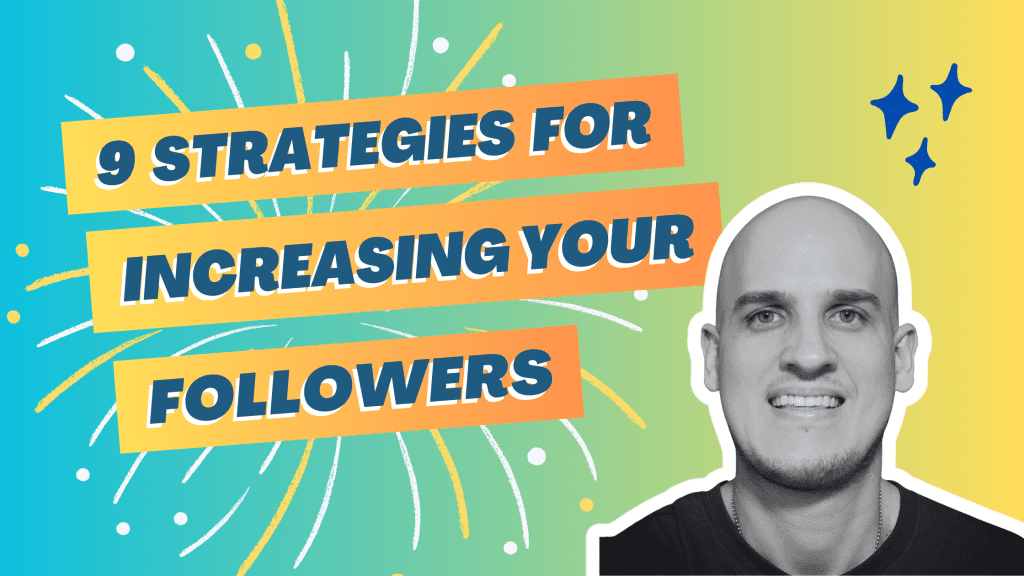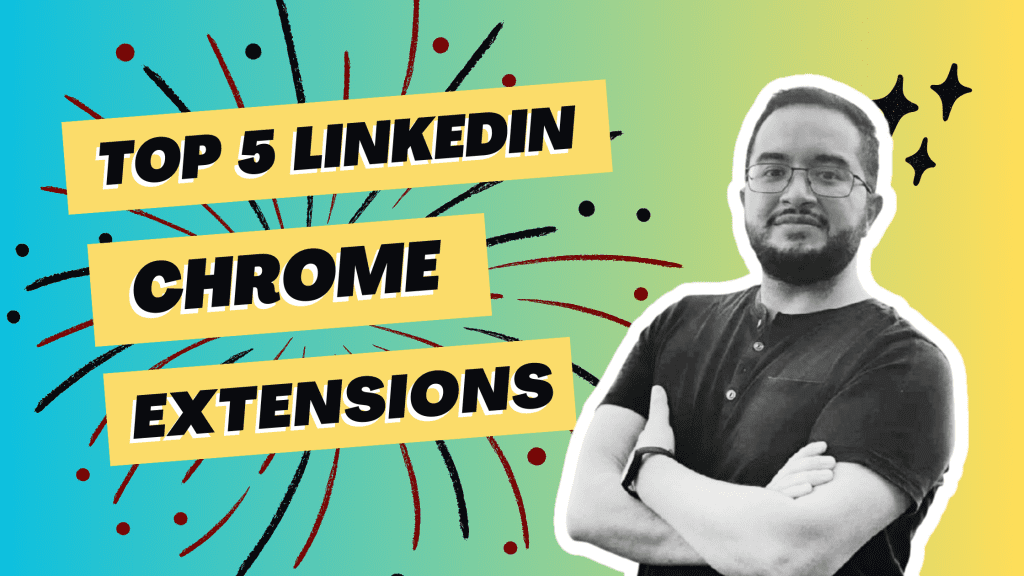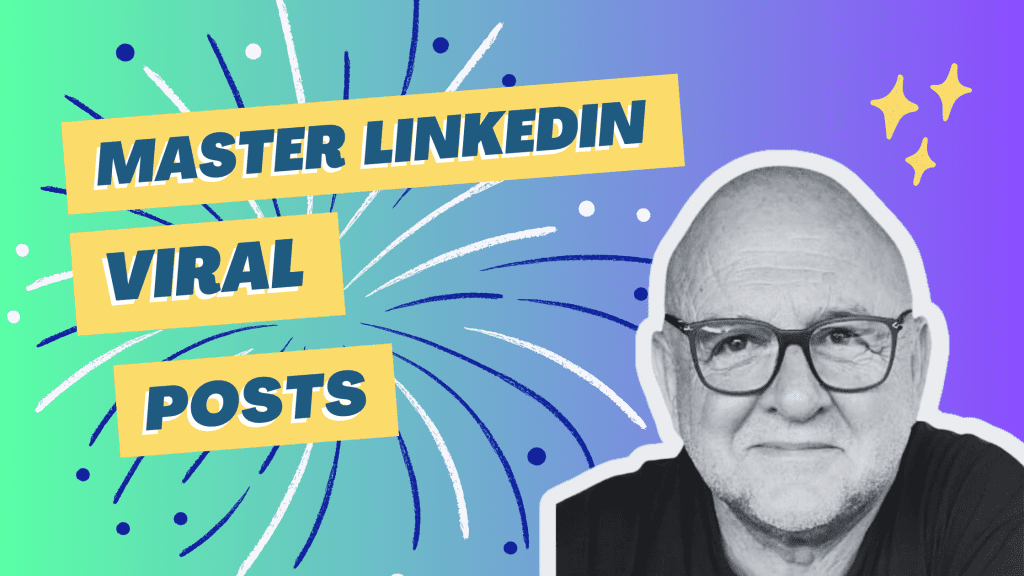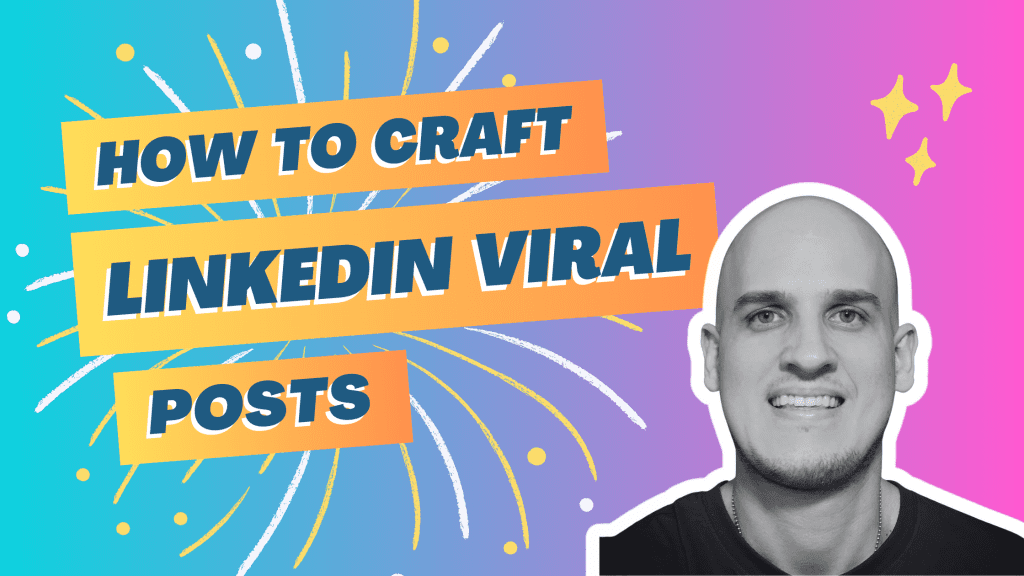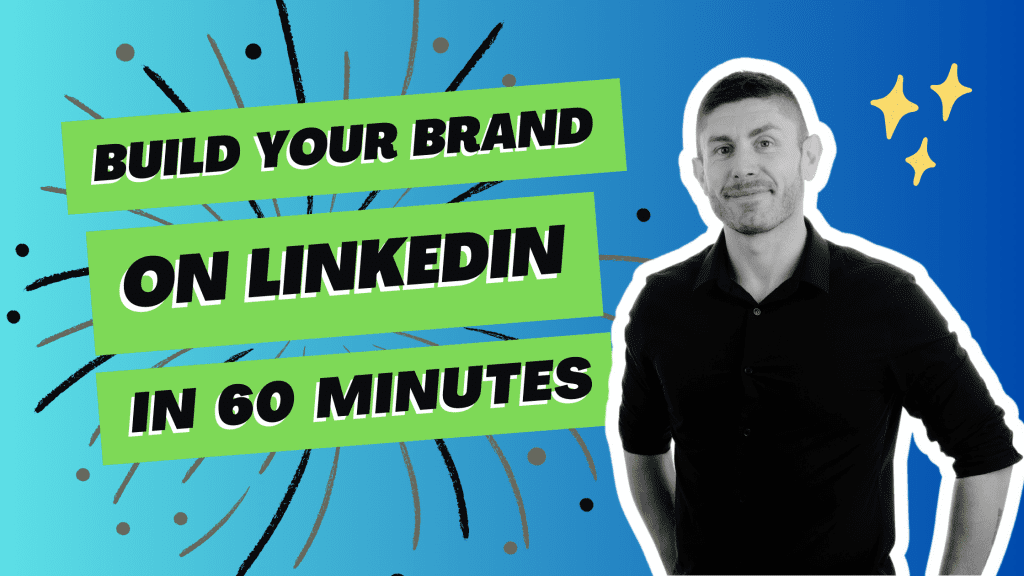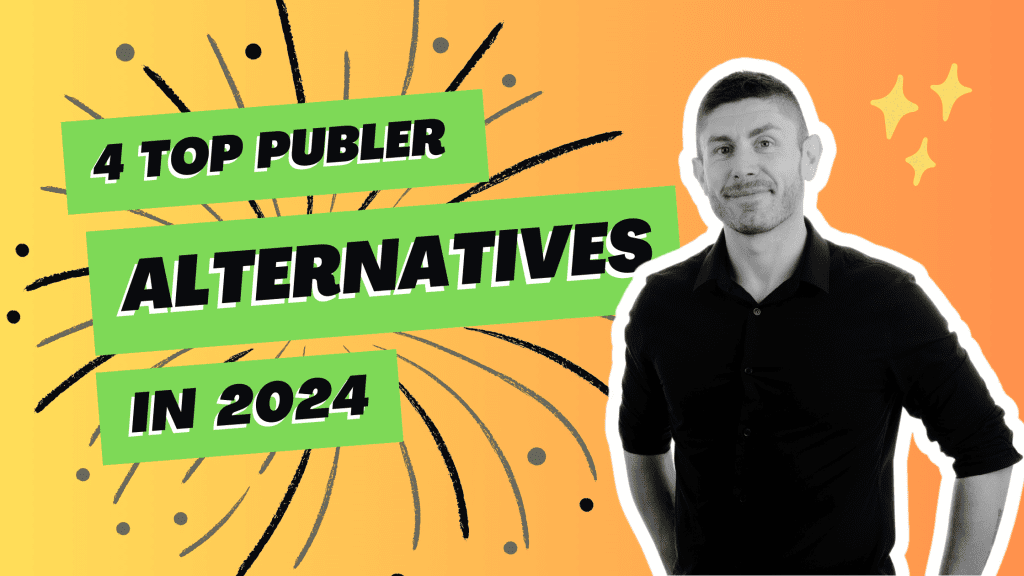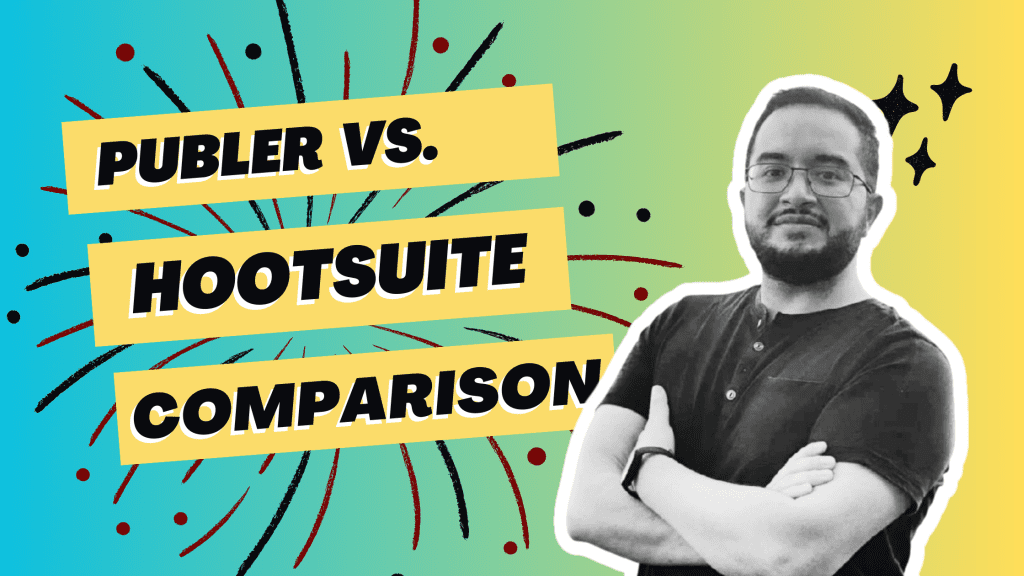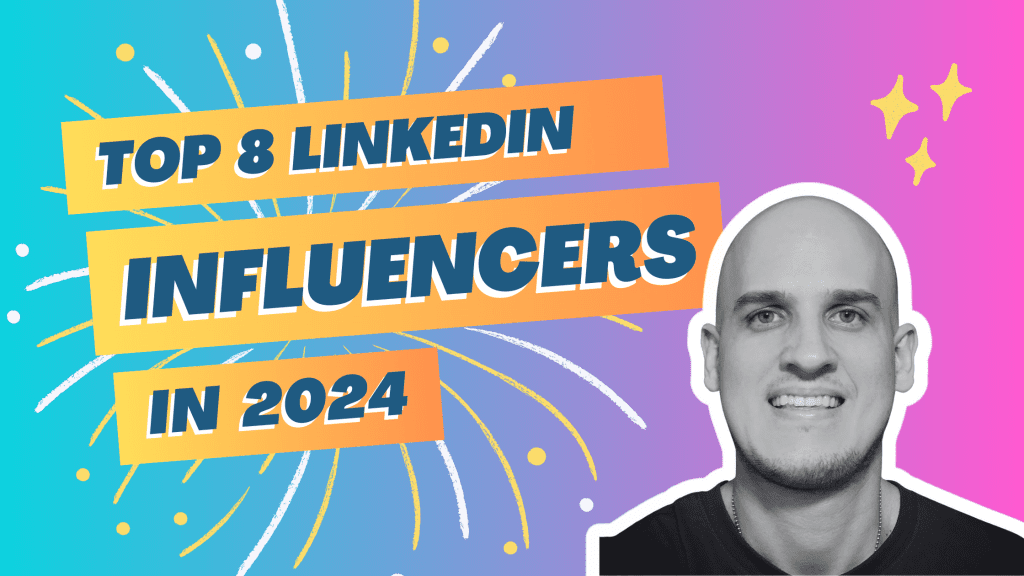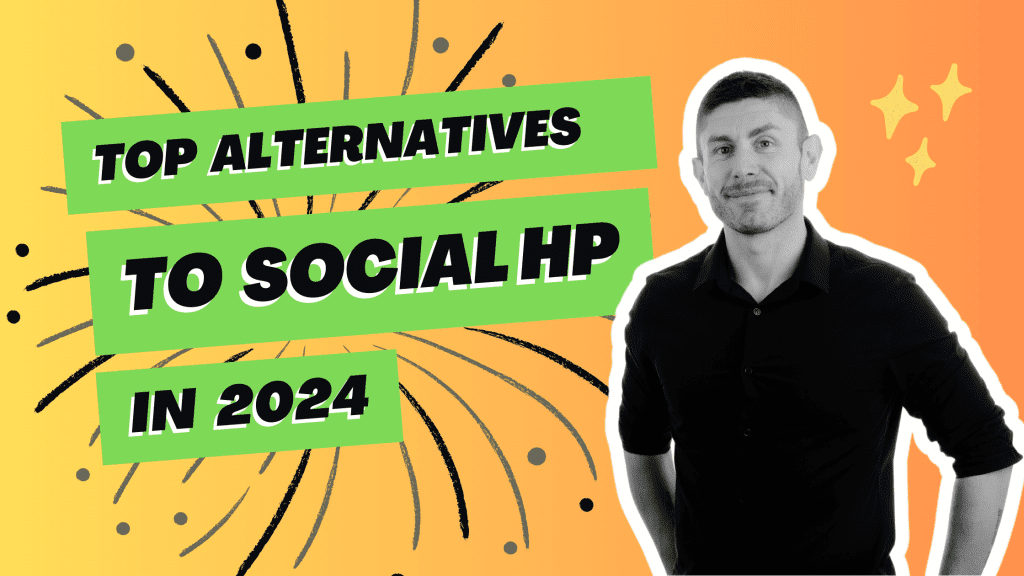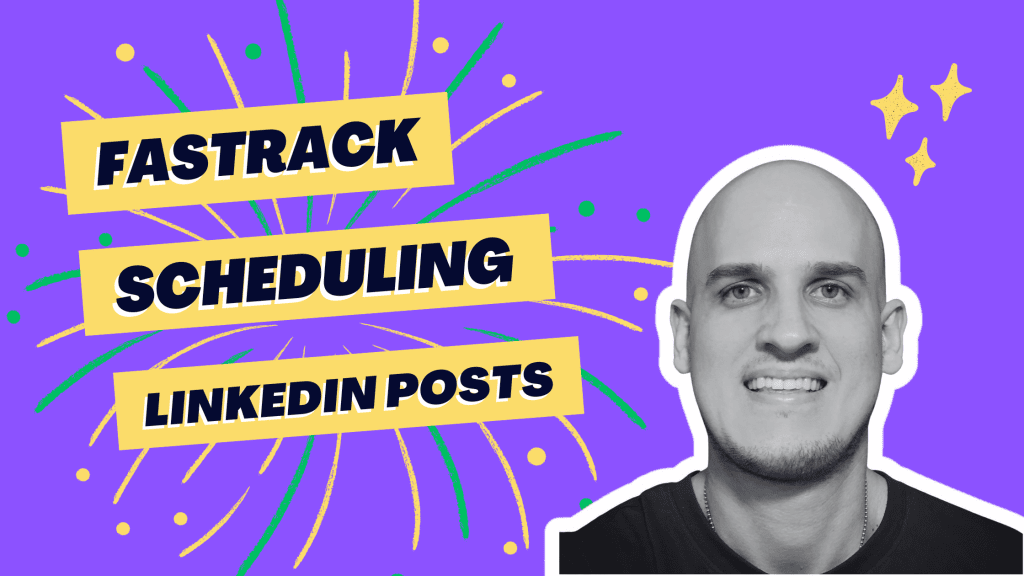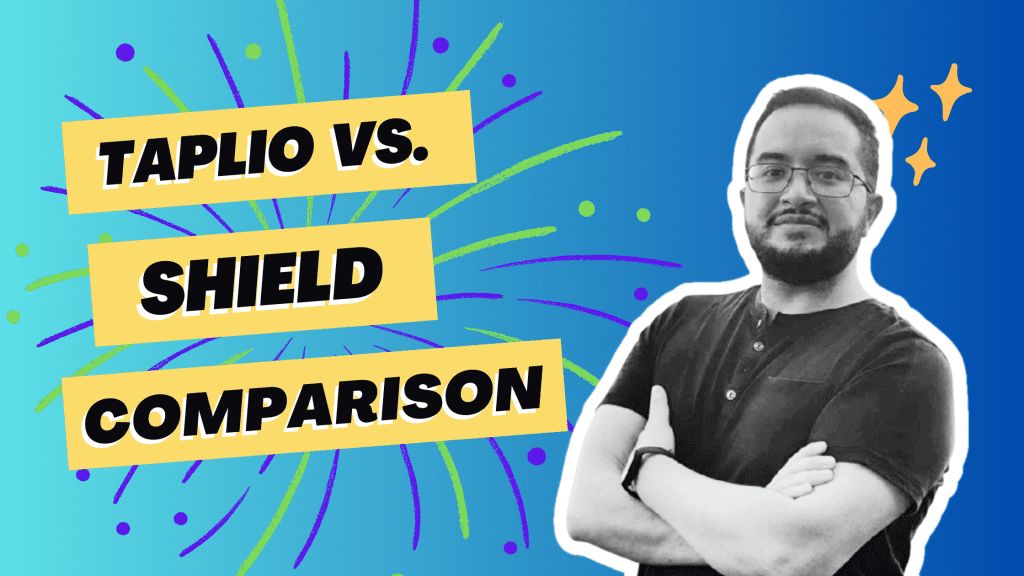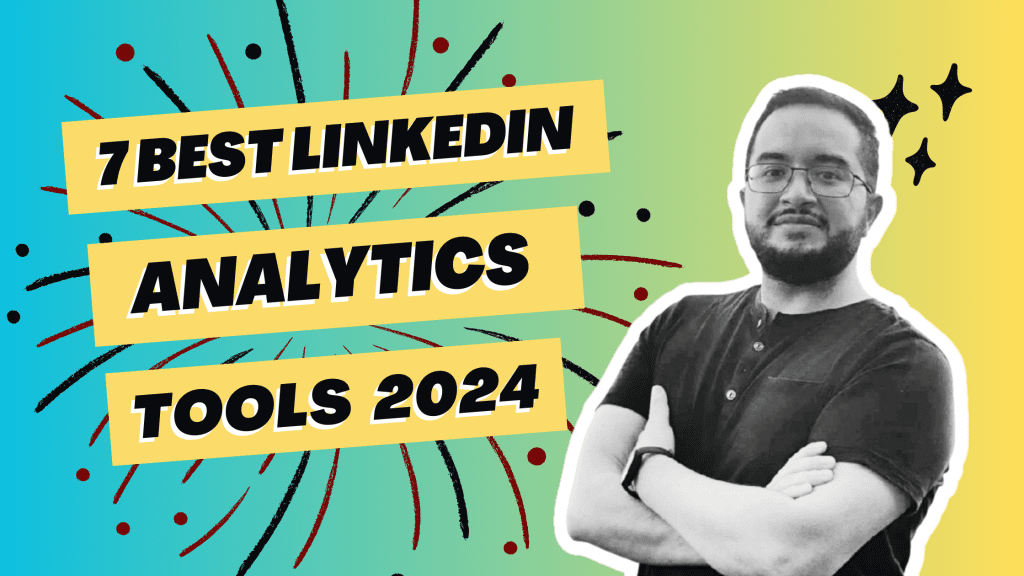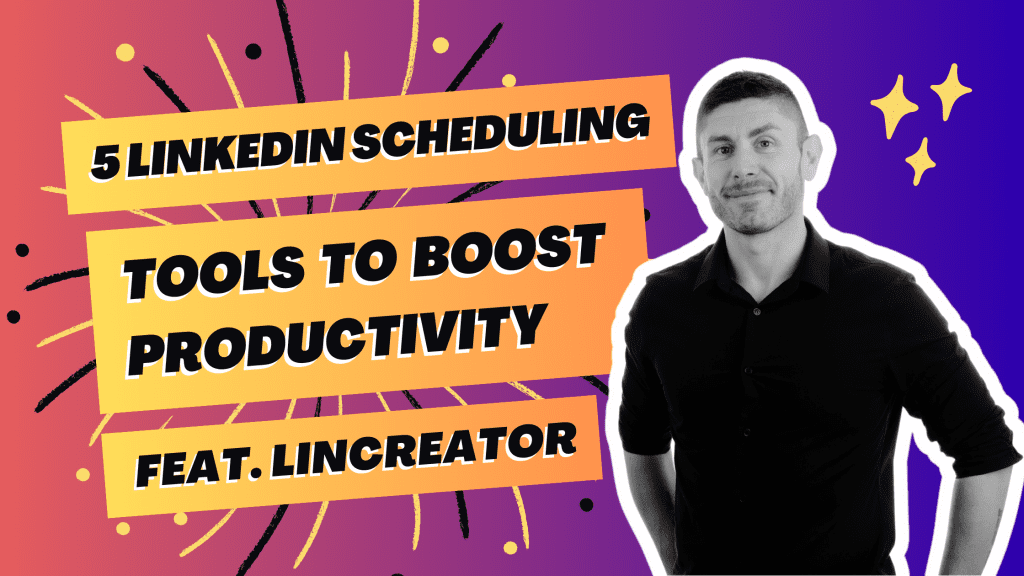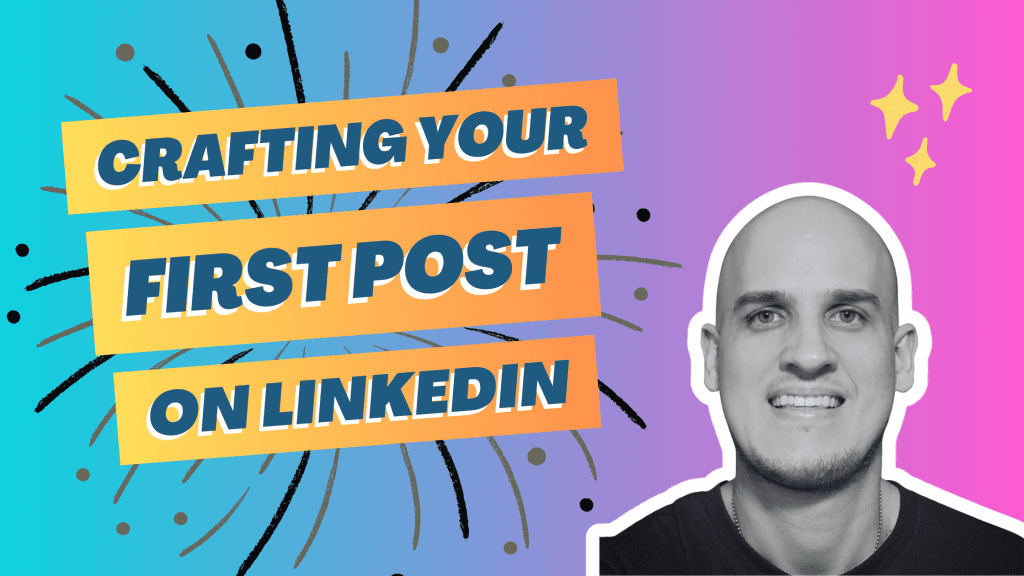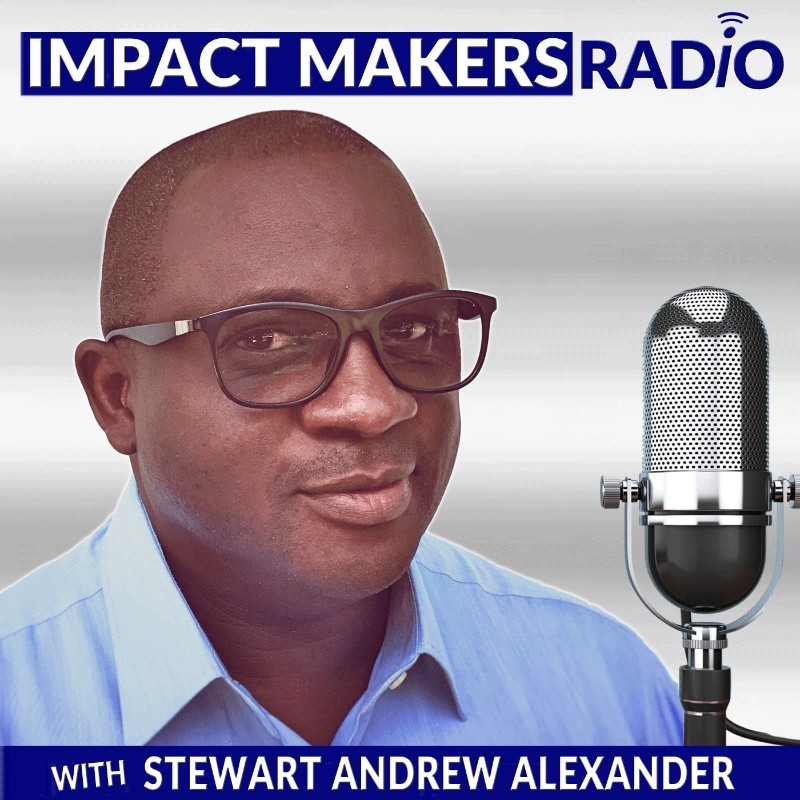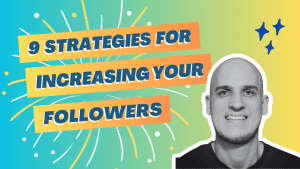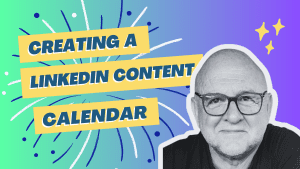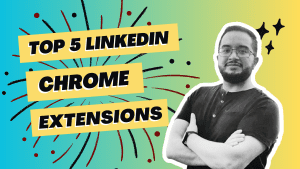In the rapidly evolving professional landscape, mastering LinkedIn is crucial. A well-structured content calendar with planable drafts is the linchpin of effective LinkedIn marketing strategies for your team. For professionals and businesses aiming to amplify their presence in 2024, we unveil six actionable tips accompanied by practical examples and Planable drafts that will streamline your article content planning process. These insights ensure your messaging resonates with your audience and aligns with your brand’s objectives throughout the year, enabling the integration of new content in your Planable article. By adopting these guidelines, you can transform your approach to content on LinkedIn, fostering growth and engagement in a structured yet dynamic manner.
Leveraging a systematic content calendar not only enhances consistency but also provides ample opportunities for creativity within the framework of strategic planning. Dive into this guide crafted to equip you with essential tools for curating a compelling LinkedIn presence that stands out amidst competition.

Key Takeaways
To effectively use LinkedIn for professional growth or business, it’s essential to start with a solid understanding of the platform’s unique environment and user expectations.
Develop a clear strategy for your LinkedIn presence, identifying your target audience and setting specific goals to ensure your content calendar aligns with your objectives.
Plan your content thoughtfully, considering a mix of post types that cater to your audience’s interests and the professional nature of LinkedIn, such as industry insights, company updates, and thought leadership articles.
Utilize the content calendar to its fullest by scheduling posts for optimal times, maintaining consistency, and planning ahead for key dates and events relevant to your audience.
Enhance efficiency by using tools and features available within LinkedIn or third-party applications to streamline the content creation and posting process.
Focus on boosting engagement by encouraging interaction with your posts; use compelling calls-to-action, engage with comments, and analyze what type of content resonates most with your followers.
Understanding LinkedIn
Audience Needs
Identifying your audience’s demographics is crucial for creating effective LinkedIn content. Professionals use LinkedIn to connect, learn, and grow in their careers. Knowing their roles, industries, and seniority levels can shape your content strategy. For instance, if you’re targeting mid-level managers in the tech industry, share insights on emerging technologies or leadership tips.
Understanding what challenges your audience faces daily allows you to craft content that resonates with them. If they struggle with remote work balance, posts about productivity hacks could be very helpful. Your goal is to become a go-to resource for solutions they seek.
Tailoring content involves more than just addressing pain points; it also means aligning with professional interests and industry trends. If there’s a big shift towards sustainability in business practices within your audience’s sector, create posts that highlight eco-friendly initiatives or green technology trends.
Content Goals
Defining clear objectives helps steer your LinkedIn strategy toward success. You might aim for increased brand awareness among specific professional groups or want to generate leads for a new service offering. It’s important to know what you’re shooting for.
Set measurable goals like tracking engagement rates or follower counts over time so you can see if your efforts are paying off. A post might get hundreds of likes but if it doesn’t attract the right professionals or lead to meaningful interactions, adjustments may be needed.
Aligning content with business milestones makes it relevant and timely—key factors in grabbing attention on busy feeds. Are you launching a product soon? Share sneak peeks and behind-the-scenes looks leading up to the launch date as part of your calendar planning.
Your content should reflect not only current events but also upcoming ones within both the company and industry at large; this keeps followers engaged and looking forward to what’s next from your brand on LinkedIn.
Crafting Strategy
Content Types
Creating a LinkedIn content calendar requires understanding different content types. Articles, posts, videos, and infographics are the main forms. Each has its place in a well-rounded strategy.
Articles offer in-depth insights on industry trends or advice. Posts can quickly inform or engage followers with updates or questions. Videos bring stories to life and can explain complex ideas simply. Infographics make data easy to digest and shareable.
It’s vital to balance educational content with promotional material. Too much promotion may turn followers away. Instead, aim for a mix that adds value and showcases your brand’s expertise.
Incorporate user-generated content (UGC) as well. UGC increases authenticity because it shows real people engaging with your brand.
Educational articles provide depth
Engaging posts keep followers updated
Videos simplify complex topics
Infographics visualize data clearly
Balance is key; mix education with promotion
User-generated content boosts trust
Storytelling
Storytelling shapes how people see your brand on LinkedIn. Use company success stories to inspire others about what you do.
Employee spotlights humanize your company by showcasing the individuals behind the scenes—this builds rapport with audiences.
Customer testimonials are powerful too—they build trust when prospects see real results from others like them.
Craft narratives that:
Highlight company achievements.
Showcase employees’ personal experiences.
Share customer successes openly.
These stories resonate more than basic product details ever could.
Visuals Impact
Visuals greatly impact post visibility on LinkedIn—a platform where compelling images stop scrolling thumbs in their tracks.
High-quality images paired with posts catch attention faster than text alone does—make sure they’re clear and relevant to the message you’re sharing.
Branded graphics ensure consistency across all visual materials—use logos, color schemes, and design elements unique to your business regularly for recognition over time.
Charts and data visualization help convey complex information succinctly—when numbers tell a story, visuals make it understandable at a glance.
Remember these points for maximum impact:
High-resolution images grab attention.
Branded graphics maintain consistent identity.
Charts distill complex data into comprehensible visuals.
Content Planning
Brainstorming Ideas
Brainstorming is crucial in content planning. It helps bring together different views for your LinkedIn content calendar. Start by gathering your team to share ideas. Diverse perspectives can lead to innovative posts that stand out.
You should also look at what others are doing. Monitor competitors on LinkedIn to see their successful content types. This doesn’t mean copying them, but it can spark new ideas.
Lastly, keep an eye on trends within your industry. Use these topics to stay relevant and engage your audience.
Gather diverse team input
Check competitor content
Explore trending industry topics
Scheduling Posts
Once you have a list of ideas, it’s time to schedule them effectively. Deciding how often to post is key; too much or too little could hurt engagement rates.
A good starting point might be three times per week depending on your audience and goals. Plan themes for each day or week next. This helps create consistency and builds anticipation among followers. For example, “Motivation Mondays” or “Tech Tuesdays”.
Remember the unexpected news or events as well. Leave room in your calendar for real-time updates that may arise. These spontaneous posts often resonate with audiences because they’re timely and show that your brand is up-to-date with current events.
Key points:
Determine optimal posting frequency
Create daily/weekly themes
Maximizing Calendar
Publishing Times
To make the most of your LinkedIn content calendar, analyze peak activity hours. This means finding out when your audience is most active on LinkedIn. You can find this information by using LinkedIn’s analytics tools or third-party software.
Once you know the best times to post, schedule your content during these windows. Aim for the business hours of your primary audience’s time zones. For example, if you’re targeting professionals in New York, post between 9 AM and 5 PM Eastern Time.
It’s also crucial to test different times for posting and track how well they perform. Keep an eye on likes, comments, and shares to measure engagement. If a particular time slot gets more interaction, consider scheduling more posts then.
Analyze user activity data.
Schedule posts in audience business hours.
Test various times.
Track engagement results.
Diverse Formats
Your content should not just be diverse in topics but also in formats. Mixing up text, video, and image-based posts keeps your feed interesting and engaging for followers.
Videos often have higher engagement rates than text-only posts because they are more dynamic and can convey a message quickly. Image-based posts can break up large chunks of text and draw attention with visual appeal.
Don’t forget about other interactive formats like polls or Q&A sessions that encourage participation from viewers. These types of posts can provide valuable insights into what your audience thinks or needs from you as a professional or brand on LinkedIn.
Lastly, try using carousel posts to present multiple related pieces of content within a single post format; it allows storytelling or showcasing different aspects of a topic sequentially which increases user interaction with the content as they swipe through slides.
Here are some examples:
A week might include:
Monday: Text-based industry insight.
Wednesday: Video tutorial linked to Monday’s topic.
Friday: Image showing real-world application followed by poll asking opinions about it.
Monthly Q&A session where followers submit questions ahead of time.
Carousel post demonstrating stages of project development.
Enhancing Efficiency
Streamlining Process
Efficiency in creating a LinkedIn content calendar is key. Scheduling tools such as Hootsuite or Buffer can save time. They allow you to plan posts in advance. This means less daily hassle.
Templates are another way to streamline your process. If you often share certain types of posts, templates will help. You won’t have to start from scratch each time.
It’s also important to develop a solid workflow for content creation. This should cover everything from brainstorming ideas to getting approval and finally posting them on LinkedIn.
Use scheduling tools for better time management.
Create templates for regular post types.
Develop a clear workflow that includes:
Idea generation
Content creation
Approval process
Posting schedule
By doing so, you increase efficiency across your team.
Flexibility
Flexibility is crucial when managing a LinkedIn content calendar. Sometimes, topics trend unexpectedly. You need the ability to add these into your calendar at the last minute.
Leave room in your schedule for spontaneous industry discussions or news events that relate to your field.
It’s also wise to adjust your strategy based on what works and what doesn’t. Analytics can show which posts perform well and which don’t garner much attention.
Remember these points:
Stay adaptable by leaving space for trending topics.
Keep part of the calendar open for impromptu discussions.
Regularly review analytics and feedback:
Learn what type of content resonates with your audience.
Adjust future plans accordingly.
A flexible approach allows you not only to stay current but also relevant within the professional community on LinkedIn.
Boosting Engagement
Compelling Titles
Creating a LinkedIn content calendar is about more than just planning. It’s also about crafting titles that make people stop and read. Use action verbs to start your titles off strong. Words like “Discover,” “Transform,” and “Master” can energize your audience. Keep your titles short, but pack them with meaning to draw clicks.
For example, instead of a title like “Methods for Improving Your Networking Skills,” try something punchy like “Master Networking: 5 Unbeatable Techniques.” This not only grabs attention but also promises value, which is key for engagement.
Another tactic is to pose questions in your titles. Questions naturally pique curiosity. They invite the reader to think and participate. A title such as “Are You Making These LinkedIn Mistakes?” encourages readers to click through and engage with the content.
Consistency
After enhancing efficiency in creating content, focus on consistency to boost engagement further. Set a regular posting schedule so followers know when to expect new material from you. This builds anticipation and habituation among your audience.
Ensure every post reflects your brand’s visual identity consistently as well; this includes logos, color schemes, and fonts across all posts on LinkedIn. For instance, if you use a blue color scheme for one post, continue using it throughout others for immediate recognition.
Developing a consistent voice is just as crucial as maintaining visual branding standards. Whether it’s professional or conversational tone that suits your brand personality best—stick with it across all communications on LinkedIn.
By adhering strictly to these practices within your content calendar, you create a seamless experience that strengthens brand presence and fosters trust with followers.
Remember these tips:
Schedule posts regularly.
Keep visual elements uniform.
Maintain consistent voice and tone in all communications.
Analyzing Performance
Goals and Metrics
To measure the success of your LinkedIn content calendar, tracking KPIs is crucial. Look at the click-through rate, likes, comments, and shares for each post. These metrics show how engaging your content is. A high click-through rate means people want to learn more about what you offer.
Next, review your follower growth rate. Compare it against how often you post content. If you post more but don’t see an increase in followers, rethink your strategy.
Also, assess the quality of leads from LinkedIn efforts. Are these potential customers likely to buy? High-quality leads often engage with your content before reaching out.
Track engagement metrics like likes and comments
Monitor follower growth related to posting frequency
Evaluate lead quality from interactions
By assessing these areas regularly, you can understand what works best for your audience.
Adapting Strategy
Your approach should evolve based on performance data. Every quarter, look back at how well posts did. This helps decide if changes are needed in the calendar.
If certain types of posts do poorly over time, consider changing focus. For example, if articles get less attention than videos consistently shift towards creating more video content.
Update goals as business objectives change through the year too.
Revise calendar after quarterly reviews.
Shift focus if necessary based on consistent underperformance.
Update goals as company objectives change throughout the year.
Each step ensures that your LinkedIn strategy stays aligned with overall business aims while adapting to audience preferences and platform trends.
Leveraging Features
LinkedIn Tools
LinkedIn offers a variety of tools to help you refine your content strategy. LinkedIn Analytics is crucial for understanding what works. It gives insights into the performance of past posts. Use this data to shape future content.
For paid promotions, LinkedIn Campaign Manager is essential. Track sponsored post metrics here. This helps in optimizing ad spend and targeting.
Another helpful feature is Content Suggestions. Find trending topics within your industry with this tool. Then create relevant content that resonates with your audience.
Repurposing Content
Creating fresh content takes time and effort. But, there’s good news! You can repurpose existing material for LinkedIn.
Start by converting popular blog posts into LinkedIn articles or snippets. This brings more value to followers who missed it the first time around.
Webinars are full of information too lengthy for some users’ tastes on social media platforms like LinkedIn; however, they can be broken down into shorter video segments or infographics that capture attention quickly and effectively without overwhelming viewers with too much information at once – perfect for sharing!
Lastly, visuals often have a strong impact on engagement rates; therefore, don’t hesitate to reuse top-performing images or graphics by simply updating their captions or providing new context which could give them an entirely different angle appealing to even more members of your network than before!
Building Powerful Calendar
Comprehensive Strategy
Creating a LinkedIn content calendar is more than just listing post dates. It integrates your LinkedIn strategy with other social media platforms. This means you look at the big picture. How does your LinkedIn schedule fit with Facebook, Twitter, or Instagram? They should work together like parts of a machine.
First, coordinate with marketing campaigns across channels. For example, if you’re launching a new product, share teaser posts on all platforms before the big reveal on LinkedIn. Second, ensure that everyone on your team knows the plan. They need to understand how their work supports the overall goals.
Integrate calendars for consistency.
Coordinate multi-channel campaigns.
Align team members with strategy.
Strategic Approach
When planning posts for LinkedIn, think quality first. One well-crafted post can mean more than ten rushed ones. Aim to create content that builds long-term relationships with your audience rather than chasing likes and shares only.
Focus also involves adapting based on what works — use analytics as your guide here but stay true to what makes your brand unique.
Here are some tips:
Prioritize impactful content over frequent posting.
Build lasting connections through meaningful interactions.
Adapt strategies using data without losing brand identity.
Final Remarks
Crafting a LinkedIn content calendar is an essential step for professionals and businesses aiming to establish a robust online presence in 2024. The strategies discussed—from understanding LinkedIn’s unique ecosystem to leveraging its latest features—form a comprehensive guide for maximizing content impact. By meticulously planning, analyzing performance, and continually optimizing your approach, you can significantly enhance efficiency and boost engagement within your network.
Encourage your team to embrace these insights and integrate them into your digital marketing strategy. The benefits of a well-structured content calendar are clear: it streamlines your workflow, sharpens your brand’s message, and drives meaningful interactions. Start building your powerful LinkedIn content calendar today and watch as it transforms your professional narrative this year. For further guidance or assistance, consider reaching out to digital marketing experts who specialize in social media strategy.
Frequently Asked Questions
How can I create an effective LinkedIn content calendar for 2024 to align with my business goals and publishing schedule?
To create an effective LinkedIn content calendar for 2024, define your strategy, plan your content in advance, leverage LinkedIn’s features, and ensure you analyze performance to refine future posts.
What are the key elements of a LinkedIn content planning strategy, including business goals, publishing schedule, topics, and profile optimization?
A robust LinkedIn content planning strategy includes understanding your audience, setting clear objectives, determining post frequency, and aligning with marketing goals.
How do I maximize the use of my LinkedIn content calendar for collaboration on topics using Planable?
Maximize your calendar by scheduling diverse types of posts at optimal times and ensuring consistency. Use tools to automate posting where possible.
Can a well-structured LinkedIn content calendar enhance efficiency?
Yes, a well-structured calendar streamlines workflow and saves time by organizing tasks and deadlines effectively.
What techniques boost engagement on LinkedIn posts?
Boost engagement by tailoring high-quality content to your audience’s interests and encouraging interaction through questions or calls-to-action.
Why is analyzing performance crucial for my LinkedIn strategy?
Analyzing performance helps identify what resonates with your audience so you can optimize future strategies for better results.


